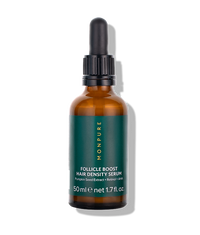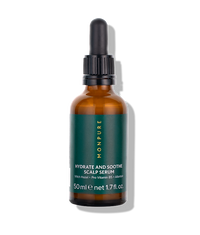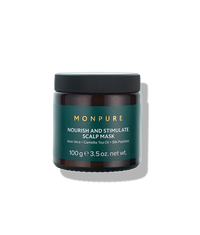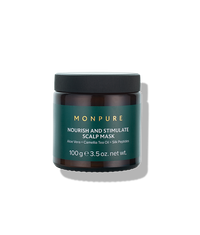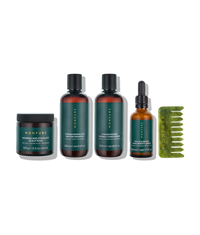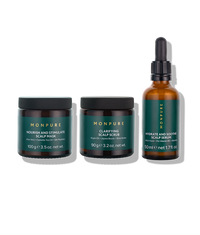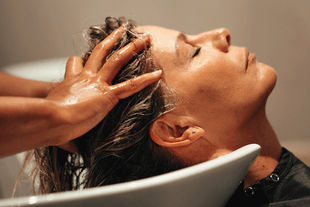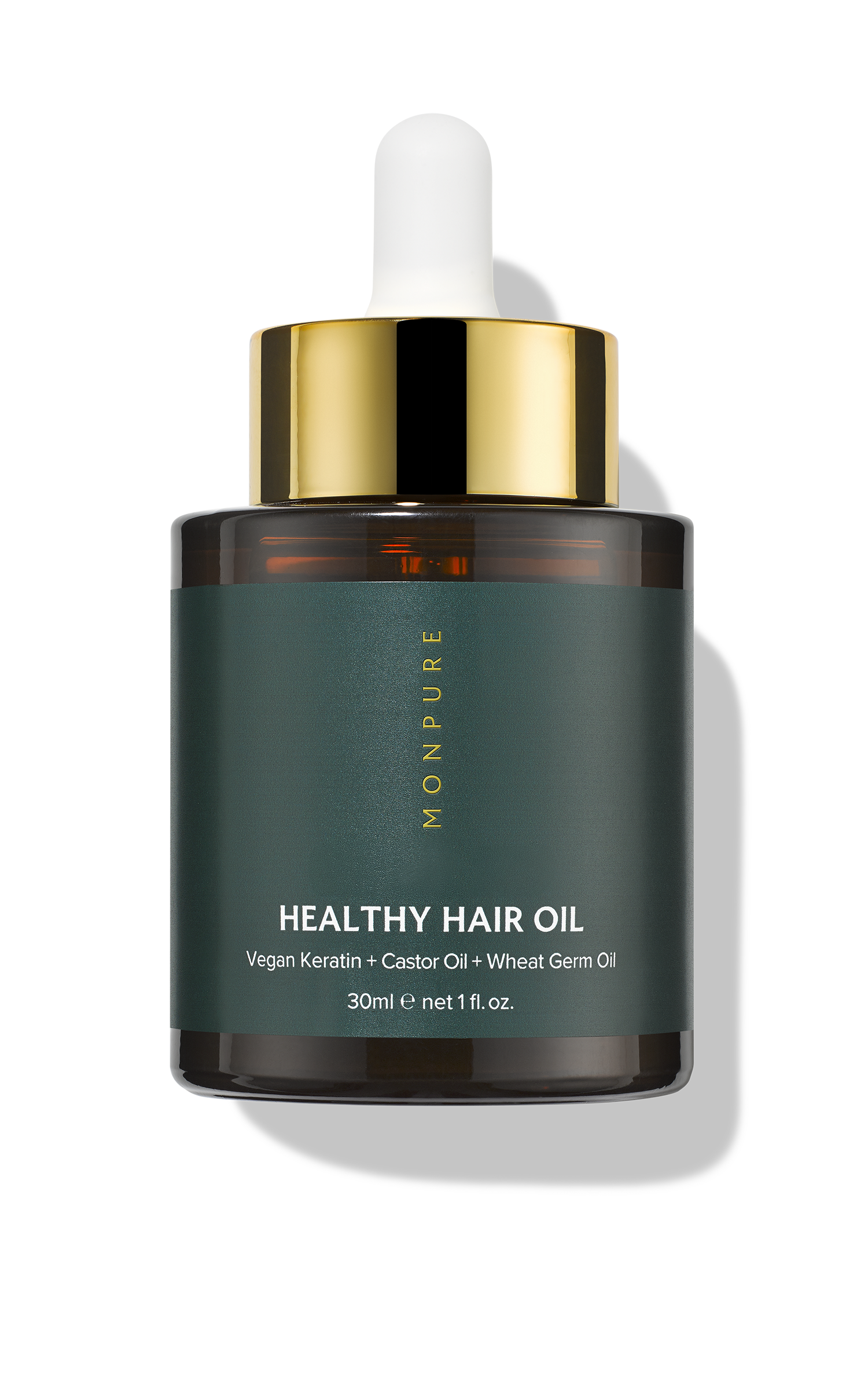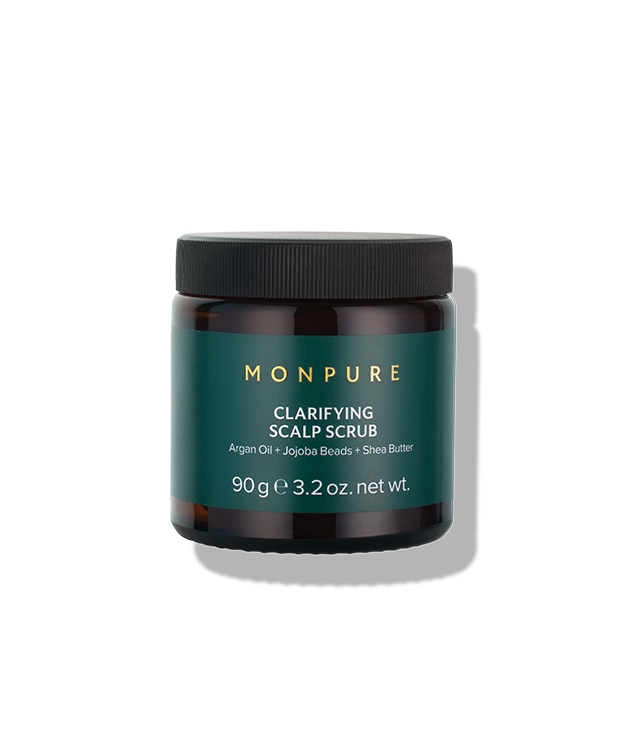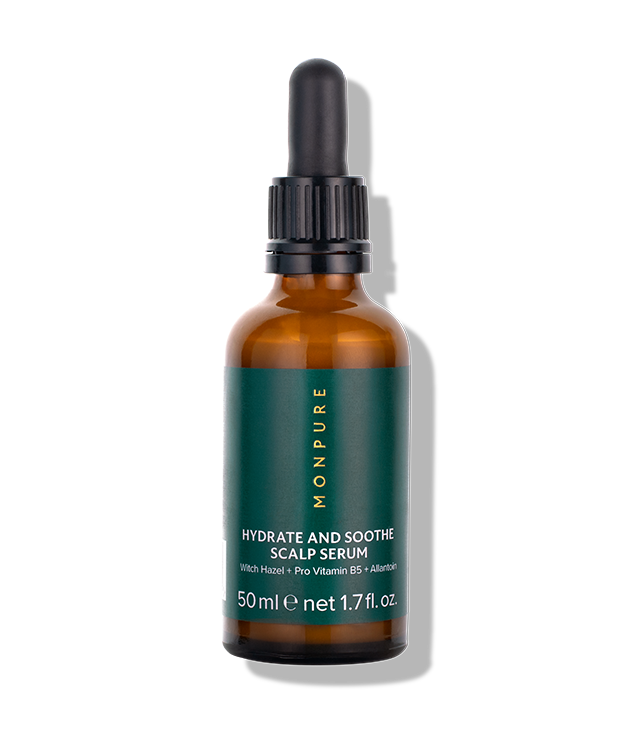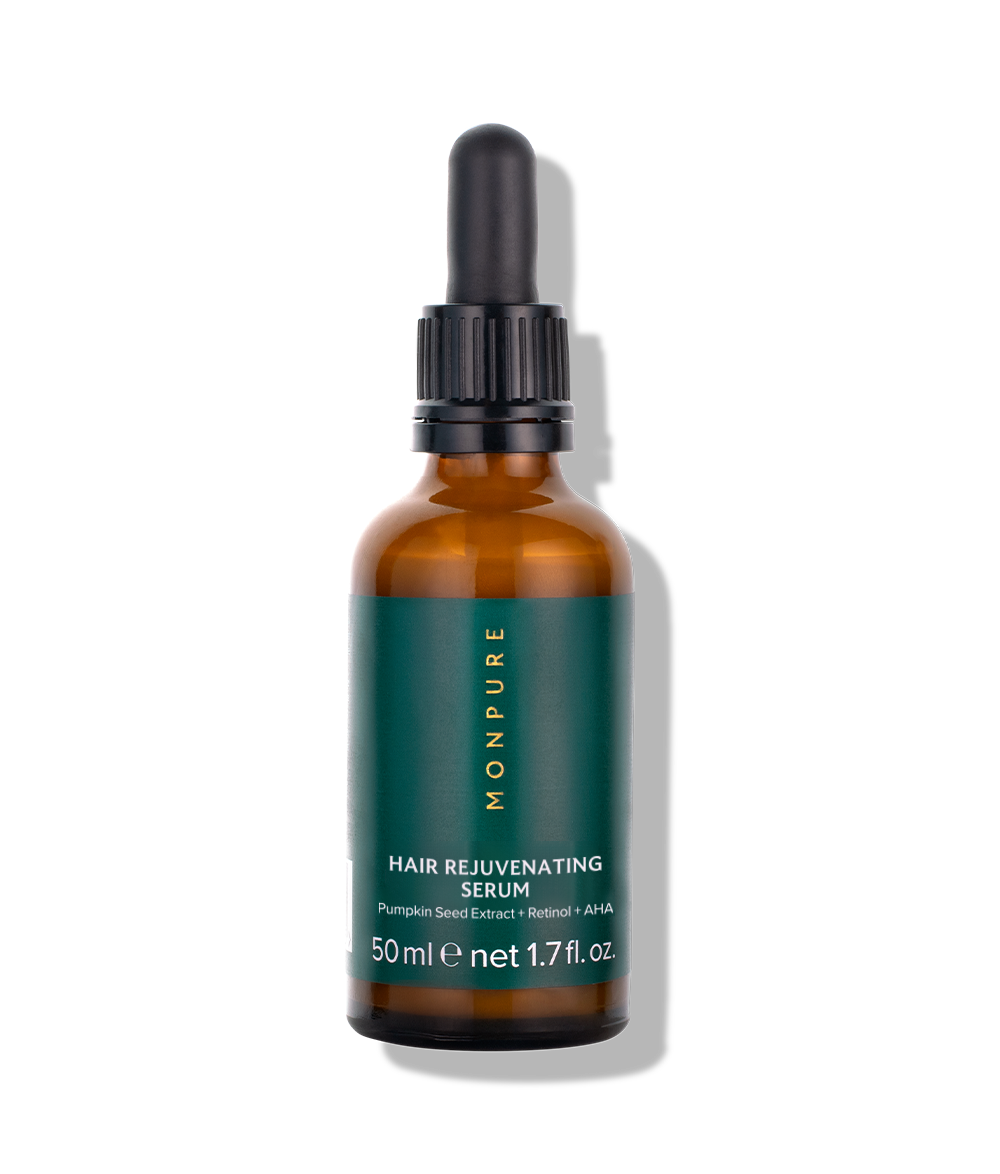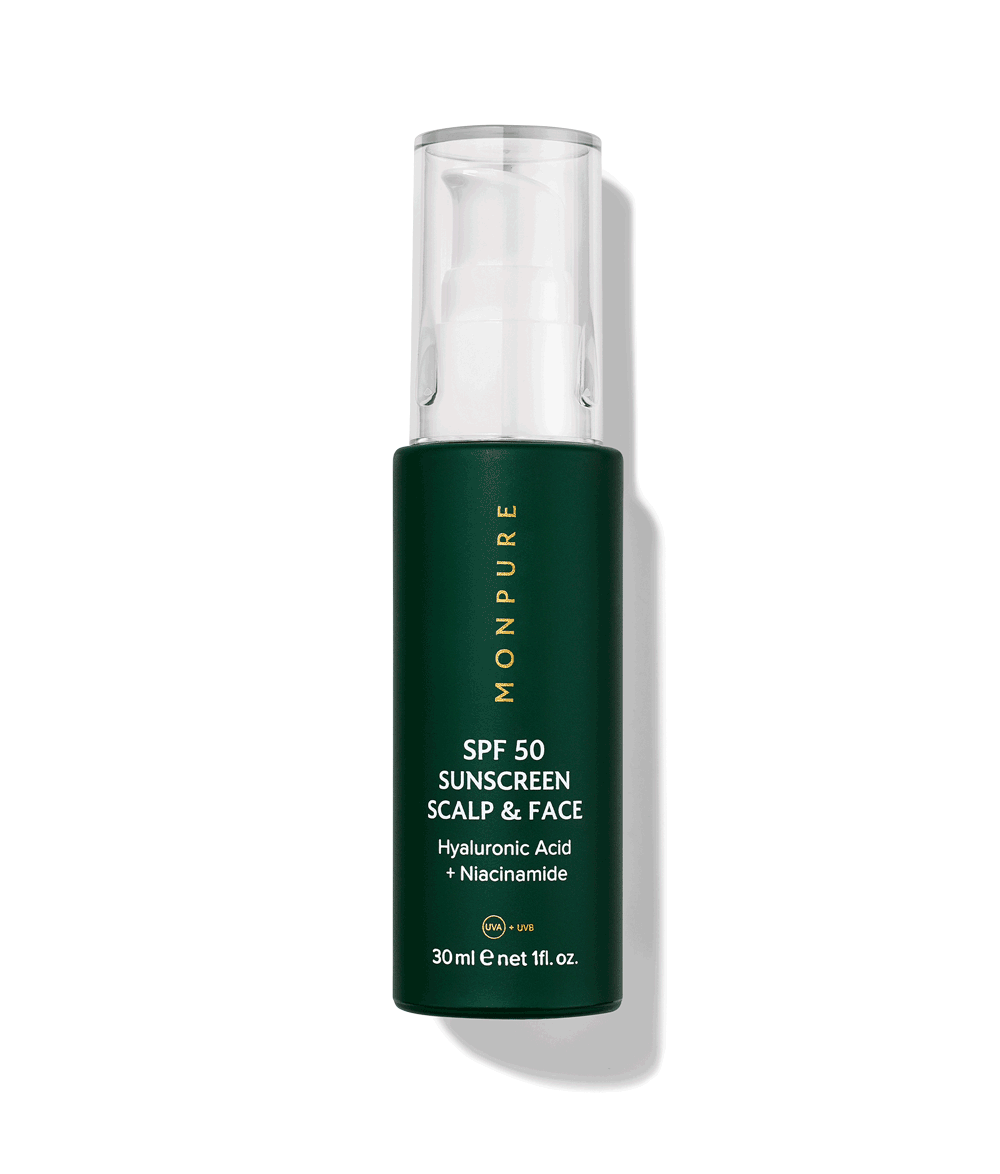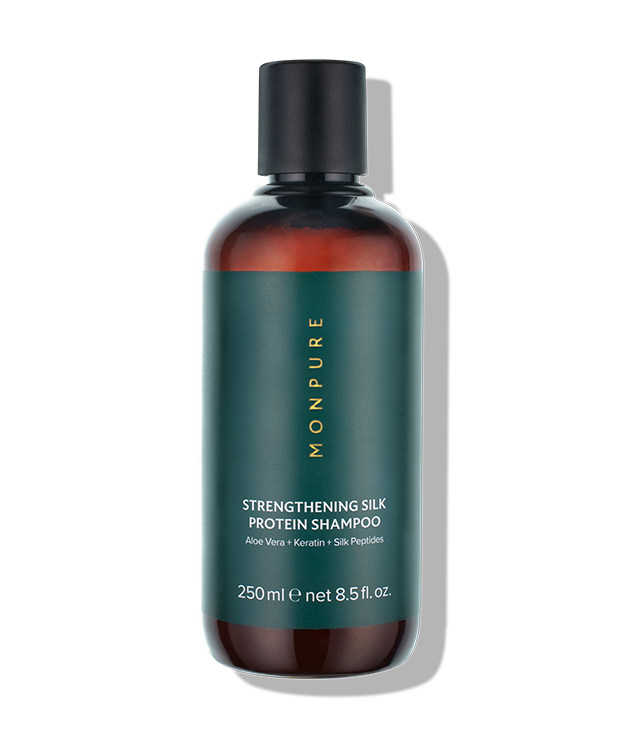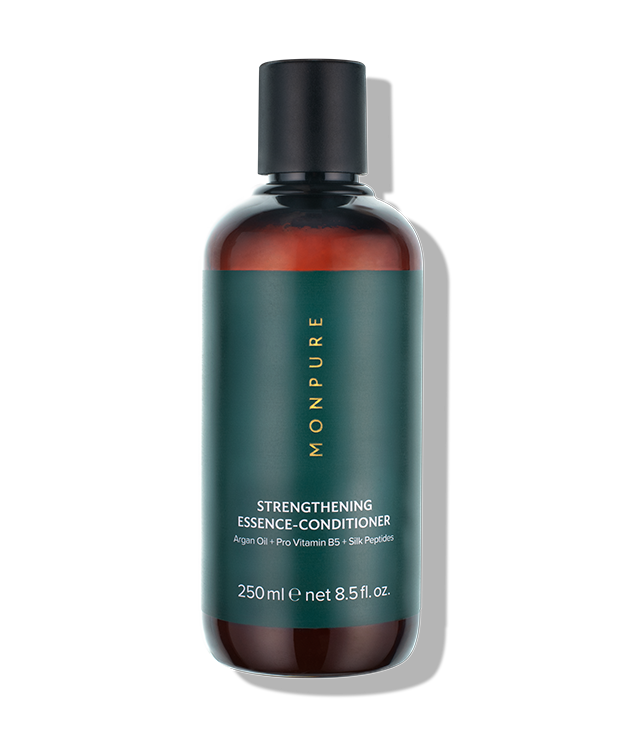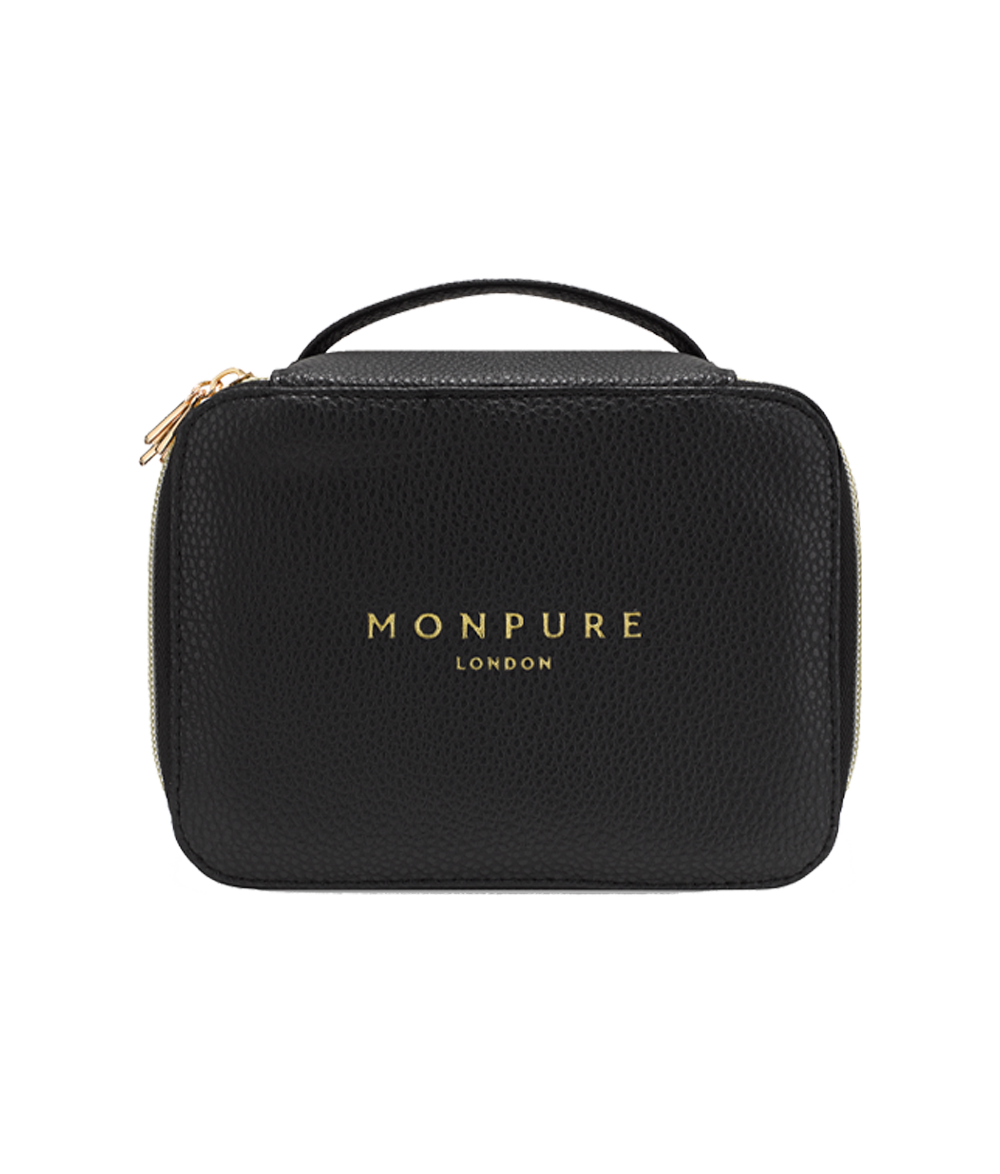At MONPURE, we’re well aware of the toll issues like hair loss can take on your emotional wellbeing (and vice-versa). And while our products were created to look after your scalp and hair health, we believe a holistic approach is important, to deal with both the physical and mental factors of scalp discomfort and hair loss.
To mark both World Meditation Day and Mental Health Awareness Week, we wanted to look at the importance of maintaining good mental health practises. Just as you might go for a run every day or hit up a spin class to stay in physical shape, meditation or relaxation rituals are a way of ‘checking in’ with your mental health, to help build your mindfulness muscle so that you don’t get stuck in negative thought patterns that can be damaging to both body and mind.
And when you can combine a relaxation ritual with your regular hair routine, then so much the better! Rather than lathering up for hurried 10 minutes in the shower, we created MONPURE for people to take time out to properly treat their scalp and hair – and feel less frazzled in the bargain.
With that in mind, we spoke to Minal Bhanshali, a qualified yoga instructor and founder of lifestyle brand 7over7, a scented candle range designed to enhance meditation and relaxation.
Minal grew up with many Ayurvedic traditions – Ayurveda is a holistic wellness practice, which has been followed in India for thousands of years. As a result, meditation is a key part of her life – so we sat down with her to find out more.

What is the importance of meditation and relaxation?
Minal Bhanshali: Throughout the day, we are bombarded with so many sights and sounds that assault our senses on an hourly basis. This overstimulation not only affects our bodies’ circadian rhythms (basically a 24-hour internal clock that is running in the background of our brain and regulates when we are asleep and awake). This in turn creates sleep disorders but also leads to a feeling of being overwhelmed, which in turn cripples our nervous system.
There is an extensive body of research in neuroscience led by experts like Dr Joe Dispenza, who have dedicated their lives to showing the direct correlation between the state of our nervous system and its effect on brain function and our entire physiology.
Studies have shown that effective meditative practice and relaxation rituals help us process what goes on around us and give us deeper access to what is going on in our internal lives. This means that when we go to sleep, our bodies are better able to rejuvenate and heal as opposed to trying to process incoherent, frantic signals.
Along with giving us clarity of mind and more considered thoughts and actions, meditation can really help us cope with uncertainty, overwhelm and anxiety – especially during times of crisis. Meditation is also a very powerful tool for self-development, so taking up a regular practice while we’re spending a lot of time indoors can mean we can be in a better form, more effective in meeting our goals through real personal growth.
How would you start a meditation ritual for people who might not have tried it before?
Start small with 5 – 10 minutes and then build up your practice. The best way to start is trying meditation after a yoga practice. Yoga postures were designed by the ancient yogis to enable the body to sit a meditative state for long periods of time and to help channel the energy from the ground up. So, after yoga is the most ideal time when the body and mind are more receptive to the benefits of meditation. Create a space and a little ritual to your practice to make it more meaningful. Ensure there is a good flow of fresh air in the room, a dimmed light and it will help set an intention for your practice with a mood enhancing candle.

What position should your body be in? What should you be sitting on?
Ideally, you’d want to be sat on the floor, propped by a few cushions with your back straight and palms facing the ceiling. This posture is an openness to receive and enables a better flow of energy from the root of the spine to the crown of the head. If you don’t have the flexibility to sit cross-legged, you can sit on a chair but always make sure you hold your back straight and support the base of your spine with padding if needed.
- The intention you set when you go into the practice
- The object isn’t to control your mind – it is to detach from it by just becoming more aware… and following what comes up from your subconscious mind
- Ease into the practice and let your breath guide you. When in doubt, just go back to the natural rhythm of inhaling and exhaling.
How often should people try this?
As often as you can and it feels good. The moment you feel you ‘should’ get it in, you’ll have lost the practice. By creating rituals around the practice, it becomes more enjoyable and something to look forward to – like a retreat. Ideally I would recommend practicing mediation as you would any form of fitness – 3 – 4 times a week and building up a daily practice if it is something you feel you benefit from. You can mix it up just like you do with fitness – a longer guided meditation one day, followed up a shorter transcendental practice another. There are no rules.
If you’re a complete beginner, guided meditation is the best way to focus your thoughts and breathing. Downloading apps like HeadSpace, which can talk you through each practice, are a good place to start.
In the meantime, scalp massage is another way of helping to relax the body and mind – especially if our Nourish & Stimulate Scalp Mask is applied beforehand! Minal has a few tips to get you started…
Masks are great for scalp massage. Not only do they nourish the hair, but as great hair begins at the root, the importance of a healthy scalp matters. Gentle massage will directly relief any pressure and stress. I’d recommend liberally applying Nourish and Stimulate Scalp Mask or Hydrate and Soothe Scalp Serum and using the texture to glide the fingertips in circular motions around the nape, the points on the back of the ears, the temples, the forehead and the crown of the head. Being aware of any tension and holding gentle pressure there will help you to relax more deeply. This gentle massage enables better sleep, a more alert mind when done during the day and a deep sense of wellbeing. It’s the ultimate form of self-care!
You can also use our Clarifying Scalp Scrub as part of a head-masasge ritual. Discover more about it here…
Want to know more about the scalp, hair and self-care? Send any burning questions to our team of experts at info@monpure.com

